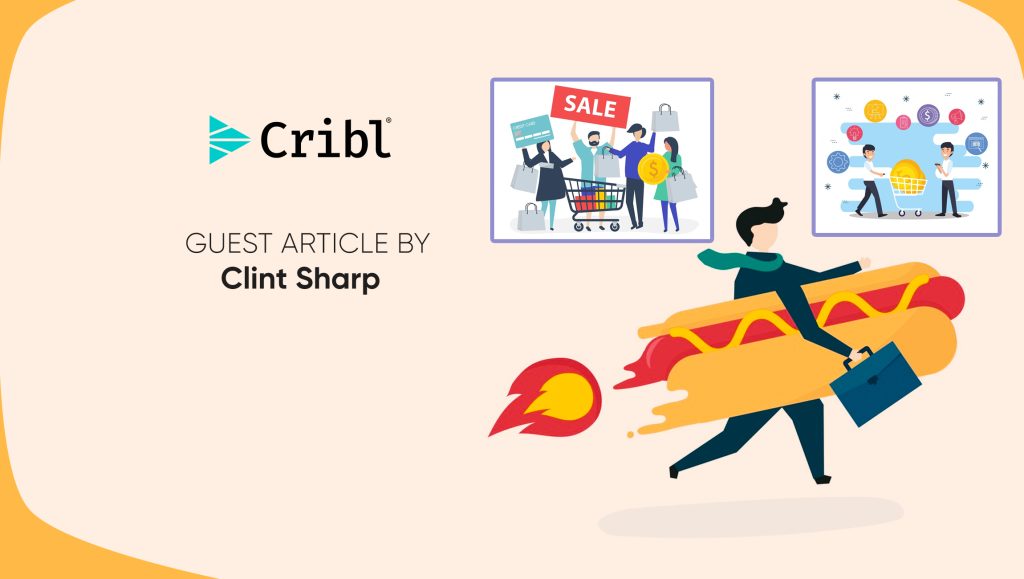Clint Sharp discusses how to sell your product before building it and tips for staying agile in the development process to solve the biggest customer pain points.
What if I told you that you should start selling your product before the first line of code has even been written?
When I offer this advice to new founders I’m often met with shock or surprise. Isn’t it disingenuous to sell a product that doesn’t yet exist? But the reality is, early stage companies have so much more momentum than enterprises, that whatever you’re selling (with few exceptions) can be built faster than an enterprise can even implement it.
As a startup, your velocity is your superpower and it’s important to use it to your advantage. Engaging in the sales process before the product’s inception ensures that you’re actually building the right solution for your customers because they’re already willing to pay for it.
Where founders usually run into trouble is if they’re not comfortable with sales. Sales are notoriously hard and often underappreciated, especially by technical founders. In fact, the traction we’ve seen around a product-led growth (PLG) strategy is, in my opinion, an attempt by founders to avoid the difficult task of working with customers and selling their product.
But the hard truth is that your product will not sell itself. The sooner founders can come to terms with this, the sooner they can put in the work to learn the critical skills necessary to sell their offering.
Read More: SalesTechStar Interview with Alex Saric, CMO at Ivalua
A closer look at why sales come first
At its core, sales is all about identifying and alleviating pain. The only reason a company would opt to purchase a new solution from a startup with few references is because it solves an excruciating pain point for them. Bringing on a new vendor is always risky (especially one with an unproven track record), and if a company can solve their problem with an existing, trusted vendor, they’ll almost certainly choose that option.
Therefore, it’s crucial that a startup has a deep understanding of its customers’ pain and how their product will solve it. You can’t expect the customer to tell you what to build, nor will you need them to if you truly understand the value proposition that’s unsolved in the market (this is why I dislike the concept of design partners; more on this shortly).
What customers will tell you during the sales process is how pressing their problem is and just how much they’re willing to pay to fix it. In most cases, startups can build a prototype in six to twelve months, which is generally faster than an enterprise can either implement a new solution or build it themselves.
Oftentimes, walking through a design prototype and outlining a clear value proposition is enough to gain customer buy-in without a fully fledged product (especially if their problem is urgent enough). What you want to avoid is spending a year or more, and a boatload of resources, building something you later find out you can’t sell.
I learned this lesson the hard way at a prior startup. We worked with design partners in our target market to build a product that we thought would alleviate a problem. But they were just that—design partners—not customers. In short, they couldn’t make the leap from using our product to actually buying it. Additionally, we were so consumed with building the product itself that we neglected to map out the customer journey, including the vital role sales plays.
There’s a quote by LinkedIn founder Reid Hoffman that says, “If you are not embarrassed by the first version of your product, you’ve launched too late.” Startups need to lean into their agility; it’s what sets them apart from larger companies. Your first prototype won’t be perfect, but every product has to start somewhere.
If selling a product before it’s built sounds risky, that’s because it is. But part of the magic of startups is their relatively high degree of risk tolerance—it’s how they make breakthroughs that impact the market. As long as the problem you’re solving is acute enough, customers will be interested and ready to take a chance on you. Selling is the first step, so take it.
Read More: Open Commerce Levels the Playing Field for Small Businesses




















